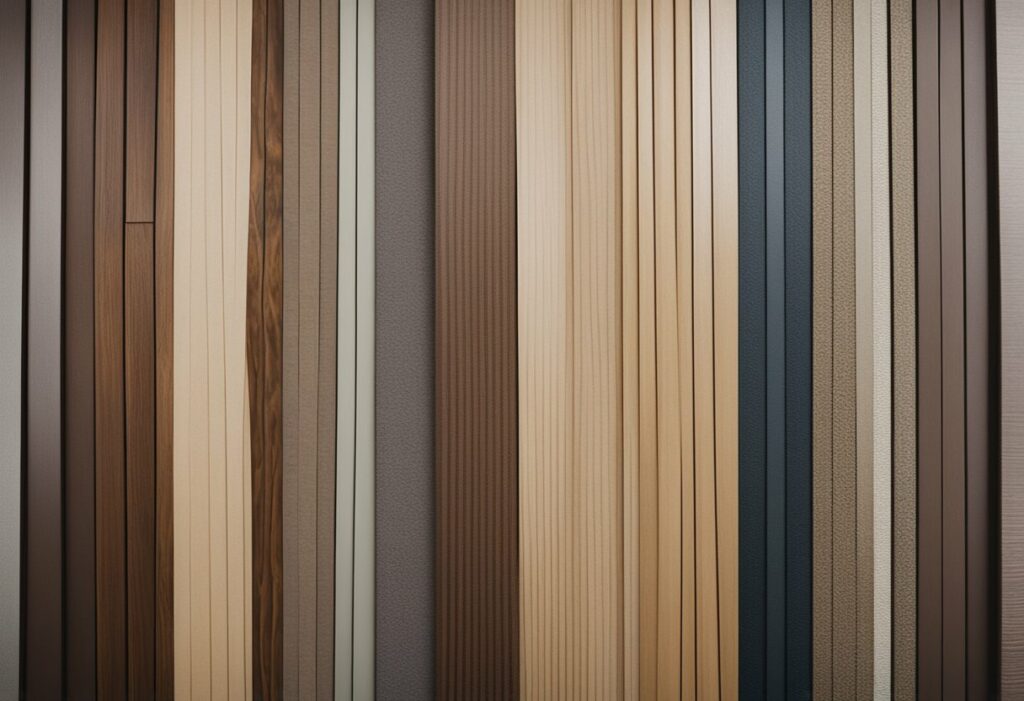Material Board Interior Design: Elevating Your Home Decor
Material board interior design is an essential part of the design process. It serves as a visual representation of the design concept, allowing both designers and clients to visualize how different materials will come together to create the desired aesthetic. Whether you’re designing a new home or redesigning an existing space, creating a material board is an excellent way to communicate your vision and ensure that everyone is on the same page.
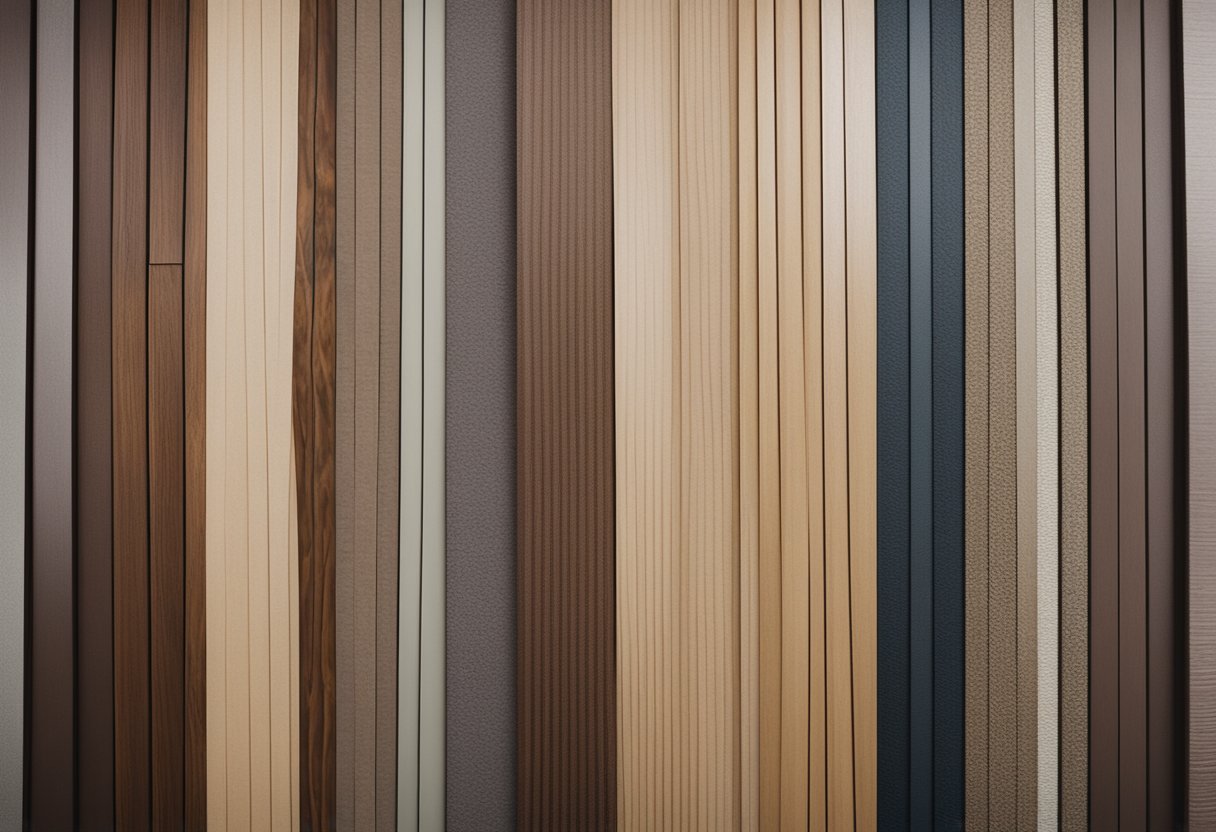
Creating a material board is a fun and easy process that can be done both online and offline. With so many tools available, you can experiment endlessly and create a board that perfectly represents your design concept. Once you’ve created your material board, presenting it to your clients is the next step. This is where you’ll showcase your vision and explain how each material will work together to create the desired look and feel of the space.
In conclusion, material board interior design is an essential part of the design process that allows you to communicate your vision to clients and ensure that everyone is on the same page. Creating a material board is a fun and easy process that can be done both online and offline, and once you’ve created your board, presenting it to clients is the next step. By following these steps, you can create stunning spaces that reflect your vision and exceed your clients’ expectations.
Key Takeaways
- Material board interior design is an essential part of the design process that allows you to communicate your vision to clients.
- Creating a material board is a fun and easy process that can be done both online and offline.
- Presenting your material board to clients is the next step, where you’ll showcase your vision and explain how each material will work together to create the desired look and feel of the space.
Creating a Material Board
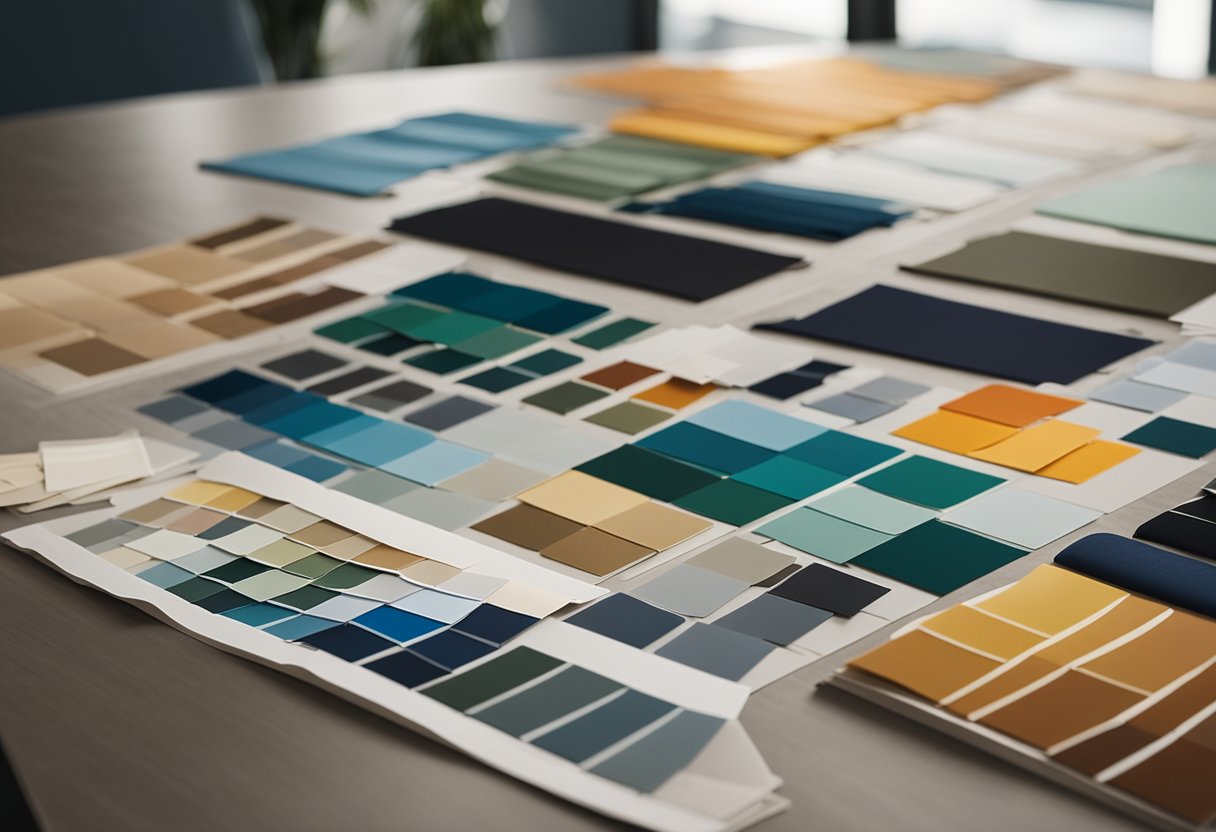
Designing a material board is an essential part of the interior design process. It helps you to visualize how your design concept will look when executed. Here are some tips to help you create a stunning material board.
Selecting Materials and Textures
The first step in creating a material board is selecting the materials and textures you want to use. Consider natural materials such as wood, stone, and leather. Think about the texture of each material and how it will complement the other elements in your design. Use fabric swatches to help you visualize how different textures will look together.
Choosing Colours and Patterns
Once you have selected your materials and textures, it’s time to choose your colours and patterns. Start by selecting a mood or colour palette that reflects the overall look and feel you want to achieve. Consider using a mix of patterns, prints, and tones to add interest to your design. Don’t be afraid to experiment with bold colours and patterns, but be sure to balance them with neutral tones.
Incorporating Images and Accessories
Images and accessories are an essential part of any material board. They help to bring your design concept to life and add personality to your space. Consider incorporating artwork, pillows, rugs, and other accessories that complement your design concept. Use images to help you visualize how your design will look when executed.
Creating a material board is an exciting part of the interior design process. By following these tips, you can create a stunning material board that reflects your design concept and helps you to visualize how your space will look when completed.
Presenting the Design Concept
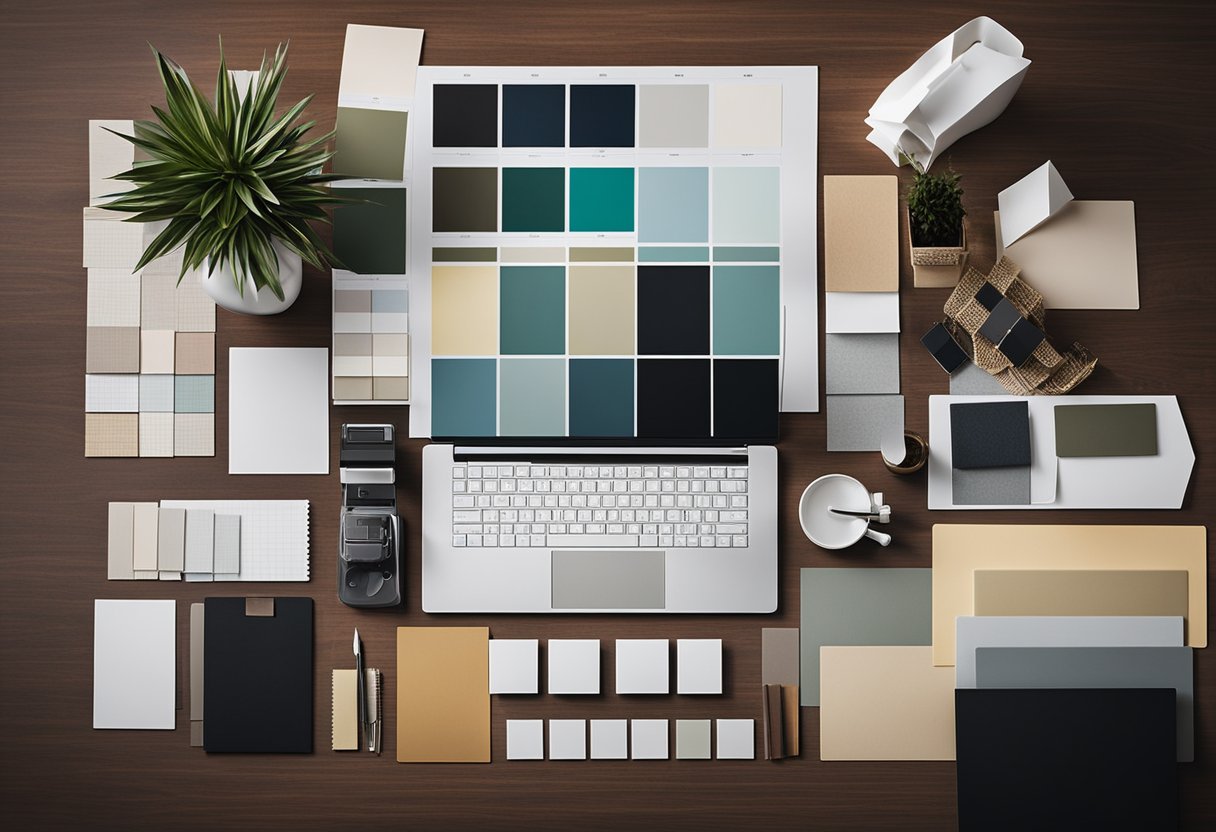
Once you have created your material board and finalized your design concept, the next step is to present it to your clients. This is a crucial part of the interior design process as it allows you to communicate your vision and get feedback from your clients. Here are some ways to present your design concept effectively:
Digital Presentation Tools
In today’s digital age, there are many tools available to help you present your design concept digitally. These tools allow you to create digital mood boards, 3D models, and scene creators using drag and drop technology. One such tool is Canva, which allows you to create stunning digital mood boards using a range of templates, images, and graphics. Another tool is SketchUp, which is a 3D design tool that allows you to create realistic models of your design project.
Physical Mood Boards and Samples
Physical mood boards and samples are also a great way to present your design concept. Mood boards can be created using paint swatches, fabric swatches, wood finishes, and other samples. These can be arranged on a board to create a visual representation of your design concept. Physical samples allow your clients to see and feel the materials that will be used in their space, which can help them to visualize the final result.
Communicating the Vision to Clients
When presenting your design concept, it’s important to communicate your vision effectively. Visual storytelling is a powerful tool that can help you to sell your design concept to your clients. Use your material board and other visual aids to tell a story about your design concept. Explain how each element fits together to create a cohesive design that meets your clients’ needs and preferences. Be open to feedback from your clients and be prepared to make changes to your design concept if necessary.
In conclusion, presenting your design concept is an important part of the interior design process. Using digital presentation tools, physical mood boards and samples, and effective communication techniques can help you to sell your vision to your clients and create a successful design project.
Frequently Asked Questions
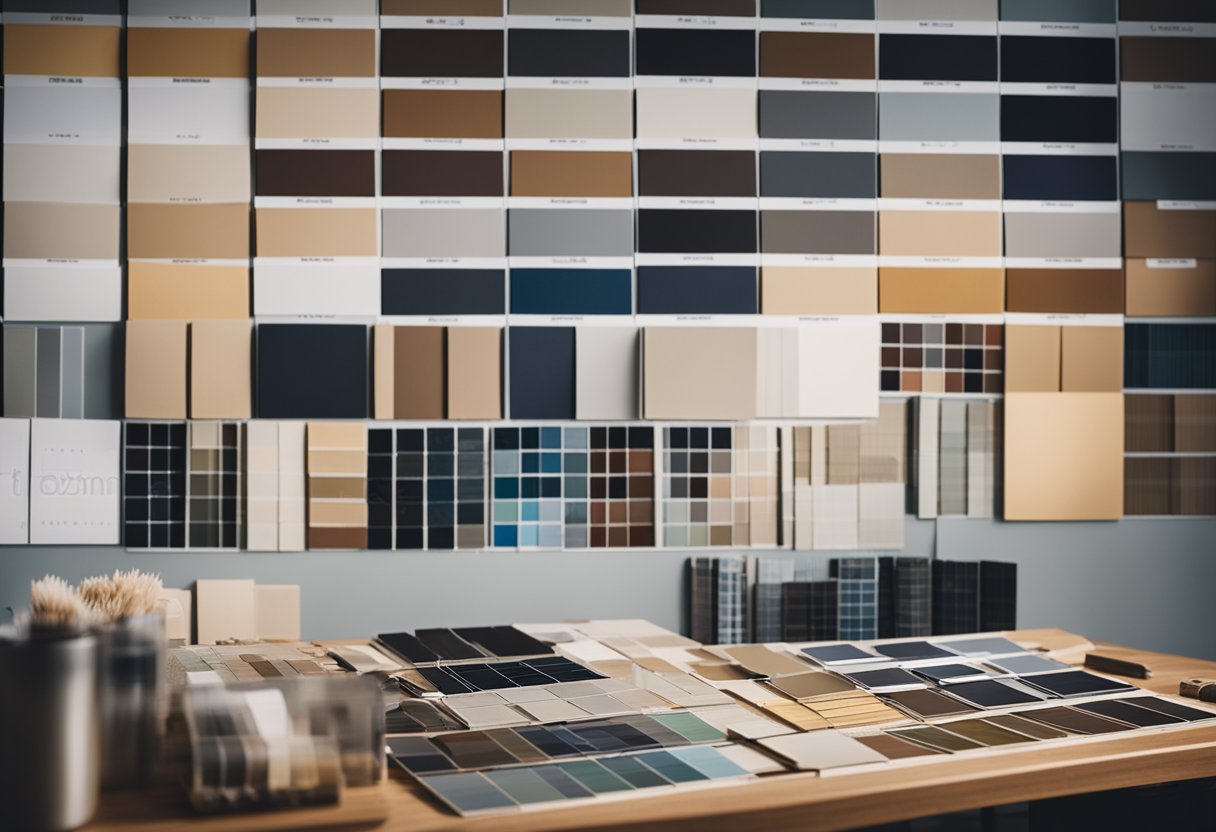
How can you create a dazzling material board for your next interior project?
Creating a material board that truly captures your design vision can seem like a daunting task, but it doesn’t have to be. Start by gathering materials that inspire you, such as fabric swatches, paint chips, and images of furniture or decor pieces. Then, arrange these materials on a board in a way that reflects your design style and aesthetic. Don’t be afraid to experiment with different layouts and combinations until you find the perfect balance.
What are the steps to crafting an engaging presentation using a material board?
When it comes to presenting your material board, there are a few key steps to keep in mind. First, make sure your board is well-organized and easy to read. Use clear labels and annotations to highlight key elements and explain your design choices. Next, be prepared to explain your design vision and answer any questions that may arise. Finally, be confident in your presentation and let your passion for interior design shine through.
In what ways can a material board elevate the aesthetics of modern interior design?
A well-crafted material board can elevate the aesthetics of modern interior design in a number of ways. By showcasing a range of textures, colours, and patterns, a material board can help bring a space to life and create a sense of cohesion and harmony. Additionally, a material board can help designers and clients visualize how different elements will work together in a space, making it easier to make informed design decisions.
What’s the secret to arranging materials on a board that truly captures your design vision?
The secret to arranging materials on a board that captures your design vision is to approach the process with an open mind and a willingness to experiment. Start by selecting materials that inspire you and reflect your design style, then play around with different layouts and combinations until you find the perfect balance. Don’t be afraid to mix and match colours, patterns, and textures to create a truly unique and eye-catching design.
How does a concept board differ from a material board in the realm of interior design?
While both concept boards and material boards are important tools in the realm of interior design, they serve slightly different purposes. A concept board is typically used to explore and communicate a design concept, often featuring images, sketches, and other visual elements that help convey the overall look and feel of a space. A material board, on the other hand, focuses specifically on the materials and textures that will be used in a space, helping designers and clients visualize how different elements will work together to create a cohesive design.
What tools and software are favourites for generating a digital material board?
There are a number of tools and software options available for generating a digital material board. Some popular options include Canva, Photoshop, and InDesign, all of which offer a range of templates, tools, and design elements that can be used to create a professional-looking material board. Additionally, there are a number of online resources and communities dedicated to sharing tips and tricks for creating digital material boards, making it easier than ever to bring your design vision to life.

